Home>Furniture>Bedroom Furniture>How Cold Does It Have To Be To Kill Bed Bugs
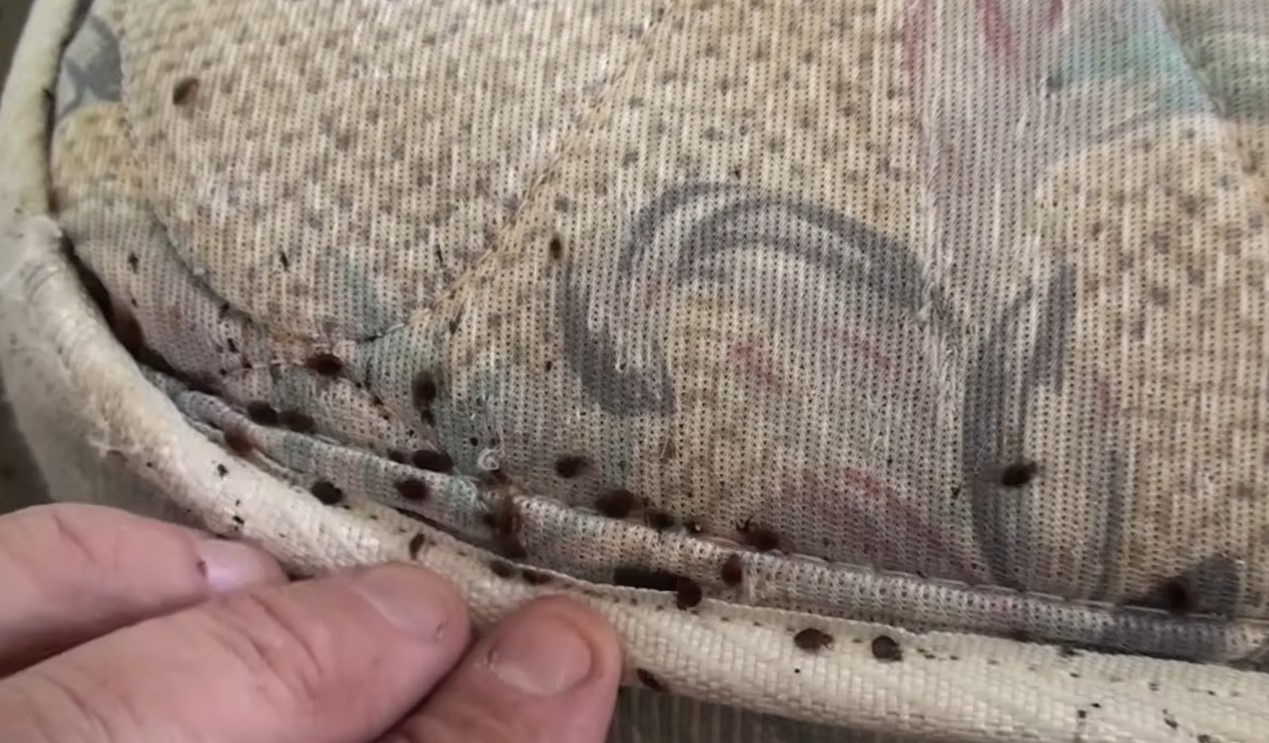

Bedroom Furniture
How Cold Does It Have To Be To Kill Bed Bugs
Modified: August 27, 2024
Looking for effective ways to eliminate bed bugs from your bedroom furniture? Discover the ideal cold temperature required to kill bed bugs and bid farewell to these pesky pests.
(Many of the links in this article redirect to a specific reviewed product. Your purchase of these products through affiliate links helps to generate commission for Storables.com, at no extra cost. Learn more)
Introduction
Bed bugs, the tiny, nocturnal creatures that infest our sleeping spaces, have become a persistent nuisance for homeowners and hoteliers alike. These pests feed on human blood and can cause serious itching, discomfort, and sleepless nights. The search for effective methods to eradicate bed bugs has led to the exploration of various techniques, including chemical treatments and heat treatments. However, one approach that is gaining attention is the use of cold temperatures to kill bed bugs.
In this article, we will delve into the world of bed bugs and their survival abilities, as well as examine the temperature sensitivity of these pests. We will explore whether cold temperatures can effectively eliminate bed bugs and discuss the factors that can influence the success of cold-induced bed bug mortality. Additionally, we will discover the minimum temperature required to kill bed bugs and explore various cold treatment techniques.
By understanding the impact of cold temperatures on bed bugs, we can equip ourselves with valuable knowledge to combat these unwelcome invaders effectively.
Key Takeaways:
- Cold temperatures can effectively kill bed bugs, with eggs being the most susceptible. Proper insulation, duration of exposure, and integrated pest management are crucial for successful eradication.
- Techniques such as freezing, cryonite freezing, and cold air applications provide options for applying cold treatments. Combining cold methods with other control techniques enhances effectiveness.
Read more: How To Kill A Bed Bug
Understanding Bed Bugs
Before we dive into the topic of using cold temperatures to eradicate bed bugs, it is essential to have a basic understanding of these insects. Bed bugs are small, wingless insects that belong to the Cimicidae family. They are expert hitchhikers and can easily travel from one place to another by clinging onto luggage, clothing, or bedding. Typically, bed bugs infest areas where people sleep, such as beds, mattresses, couches, and even cracks and crevices in walls or furniture.
These pests are primarily active at night, when they emerge from their hiding places to feed on the blood of their unsuspecting hosts. Bed bug bites often result in itchy red welts, which can cause severe discomfort for individuals. While they are not known to transmit diseases, the presence of bed bugs can lead to anxiety, insomnia, and stress.
Identifying the signs of a bed bug infestation is crucial for effective treatment. Adult bed bugs are reddish-brown in color and roughly the size of an apple seed. They are flat and oval-shaped, but after feeding, their bodies become engorged and appear more elongated and redder in color. In addition to the presence of live bugs, other indicators of an infestation include dark spots of bed bug excrement on mattresses or furniture, shed skin casings, and a sweet, musty odor in infested areas.
Getting rid of bed bugs can be a frustrating and time-consuming process. Their ability to hide in small cracks and crevices, reproduce quickly, and survive for extended periods without feeding makes them a formidable opponent. It is crucial to adopt an integrated pest management (IPM) approach, combining various control methods to achieve long-term success.
Now that we have a better understanding of bed bugs and the challenges they pose, let’s explore how their survival abilities and tolerance to different temperatures play a role in controlling infestations.
Survival Abilities of Bed Bugs
Bed bugs have developed remarkable survival skills over centuries of evolution, making them highly adaptable and resilient pests. These abilities contribute to the challenges faced when attempting to eradicate them.
One of the primary survival abilities of bed bugs is their ability to reproduce quickly. A female bed bug can lay hundreds of eggs in her lifetime, which typically hatch within one to two weeks. This rapid reproductive cycle allows infestations to escalate rapidly if left untreated.
Furthermore, bed bugs have the ability to remain dormant without feeding for months at a time. This ability, known as “diapause,” enables bed bugs to withstand periods of scarcity and survive in unfavorable conditions. During diapause, bed bugs can lower their metabolic rate and enter a state of suspended animation until suitable feeding opportunities arise.
Bed bugs are also adept at hiding in narrow cracks and crevices, making them highly elusive and difficult to eliminate. They seek out secluded areas near their hosts, such as mattress seams, bed frames, baseboards, and furniture. This ability to hide in hard-to-reach places makes them challenging to detect and eradicate.
Another survival skill possessed by bed bugs is their ability to detect and avoid potential threats. They have evolved a keen sense of smell, allowing them to locate hosts and determine the presence of pesticides or other substances that may harm them. This ability to detect and avoid danger enables bed bugs to adapt and survive in a range of environments.
These survival abilities collectively contribute to the resilience and persistence of bed bug infestations. To effectively combat these pests, it is essential to understand their tolerance to different environmental conditions, including temperature sensitivity.
Now that we have explored the survival abilities of bed bugs, let’s delve into their sensitivity to cold temperatures and whether cold can be an effective method of elimination.
Temperature Sensitivity of Bed Bugs
Bed bugs are ectothermic creatures, meaning their body temperatures are regulated by the temperature of their surroundings. This temperature sensitivity is crucial when considering cold as a potential method of eliminating these pests.
While bed bugs can survive a wide range of temperatures, they have specific temperature thresholds that affect their activity and overall well-being. Bed bugs thrive in temperatures between 70°F and 80°F (21°C to 27°C), which are similar to the comfortable temperatures preferred by humans. In these conditions, bed bugs can reproduce, feed, and sustain their populations.
However, extreme temperatures, both hot and cold, can impact the survival and behavior of bed bugs. High temperatures above 113°F (45°C) can lead to their death, which is why heat treatments are often used to combat infestations. On the other hand, cold temperatures can also have detrimental effects on bed bugs, but the specific temperature threshold required to kill them varies.
When exposed to extreme cold, bed bugs experience what is known as cold-induced injury. This occurs due to the formation of ice crystals within their bodies, causing damage to their cells and tissues. The severity of this injury and its impact on bed bug mortality depend on factors such as the duration of exposure, the temperature reached, and the life stage of the bed bug (egg, nymph, or adult).
Research has shown that bed bugs are generally more susceptible to cold temperatures during their earlier stages of development, such as eggs and nymphs. Adult bed bugs tend to have a higher tolerance for cold temperatures, making them more resilient. However, even adult bed bugs can experience significant mortality when exposed to prolonged periods of extreme cold.
Understanding the temperature sensitivity of bed bugs lays the foundation for utilizing cold as a potential method of control. In the following sections, we will explore whether cold temperatures can indeed kill bed bugs effectively and the factors that can influence cold-induced bed bug mortality.
Can Cold Kill Bed Bugs?
The question of whether cold temperatures can effectively kill bed bugs has been a subject of interest and research in recent years. While cold may not be as commonly utilized as heat treatments or chemical pesticides, it can still be an effective method of extermination under certain conditions.
As mentioned earlier, bed bugs are sensitive to extreme temperatures, both hot and cold. When exposed to freezing temperatures for an extended period, bed bugs can experience cold-induced injury resulting in their demise. However, it is important to note that achieving complete eradication solely through cold treatments can be challenging due to the varying temperature thresholds required to kill bed bugs at different life stages.
Research has shown that bed bug eggs are more susceptible to cold temperatures compared to nymphs and adult bed bugs. Eggs are highly sensitive and can be killed at temperatures below freezing, typically around 0°F (-18°C). However, nymphs and adult bed bugs have a higher tolerance for cold and require even lower temperatures to be fatally affected.
The ability of cold treatments to effectively eliminate bed bugs also depends on the duration of exposure. While brief exposures to freezing temperatures may cause temporary immobilization or reduced activity, it may not be enough to ensure complete eradication. Prolonged exposure is necessary to ensure that the cold penetrates the hiding places of the bed bugs and reaches all life stages.
Another factor to consider is the temperature consistency throughout the treatment process. Fluctuations in temperature can allow bed bugs to survive and adapt. Therefore, it is important to maintain a consistent, freezing temperature for an extended period to maximize the success of cold treatments.
Ultimately, while cold temperatures have the potential to kill bed bugs, it is essential to approach cold treatments as part of a comprehensive integrated pest management (IPM) approach. Combining cold treatments with other methods, such as vacuuming, steam cleaning, and chemical treatments, can increase the likelihood of complete eradication.
In the next sections, we will delve deeper into the factors that can influence cold-induced bed bug mortality and explore the minimum temperature required to effectively kill bed bugs.
Bed bugs can be killed by exposing them to temperatures of 113°F (45°C) for at least 90 minutes. Use a steamer or a hot dryer to effectively eliminate bed bugs from infested items.
Read more: How To Kill Bed Bugs On A Mattress
Factors Affecting Cold-Induced Bed Bug Mortality
Several factors can influence the effectiveness of cold-induced bed bug mortality. Understanding these factors can help optimize the success of cold treatments when attempting to eliminate bed bug infestations.
One crucial factor is the temperature itself. As previously mentioned, bed bugs have varying temperature thresholds for mortality at different life stages. Bed bug eggs are more susceptible and can be killed at temperatures below freezing, around 0°F (-18°C). Nymphs and adult bed bugs, on the other hand, require even lower temperatures to be fatally affected.
Duration of exposure is another critical factor. Bed bugs need to be exposed to freezing temperatures for an extended period to ensure successful eradication. Experts recommend maintaining consistent freezing temperatures for at least a few days to a week to maximize the efficacy of cold treatments.
Insulation plays a significant role in cold treatments. The insulation properties of materials, such as mattresses, furniture, or clothing, can impact the ability of cold temperatures to penetrate and reach the hiding places of bed bugs. Poor insulation can create cold spots and provide shelter for bed bugs, reducing the effectiveness of the treatment.
The availability of moisture is also an important factor. Bed bugs are able to resist freezing temperatures better in dry environments compared to humid environments. Moisture can serve as a protective barrier for bed bugs, preventing them from sustaining cold-induced injuries. Therefore, controlling humidity levels during cold treatments can enhance their effectiveness.
The size of the infestation can affect the success of cold treatments as well. Large infestations may require more time and effort to achieve complete eradication, especially when using cold treatments alone. Integrated approaches that combine cold treatments with other control methods may be necessary for extensive infestations.
Lastly, the thoroughness of the treatment plays a crucial role. Bed bugs can hide in narrow cracks and crevices, making it challenging to reach all their hiding places. Thoroughly inspecting the area, identifying potential hiding spots, and ensuring that cold temperatures reach all these areas are vital for effective elimination.
By considering these factors and implementing strategies that address them, the success rate of cold-induced bed bug mortality can be significantly improved. However, it is important to note that cold treatments are most effective as part of a comprehensive integrated pest management (IPM) approach.
In the next section, we will explore the minimum temperature required to kill bed bugs and discuss techniques for cold treatment of bed bugs.
Minimum Temperature Required to Kill Bed Bugs
The minimum temperature required to kill bed bugs depends on several factors, including their life stage and exposure duration. While it is commonly believed that exposing bed bugs to freezing temperatures will eradicate them, achieving the desired results requires careful considerations.
Bed bug eggs are the most vulnerable to cold-induced mortality. They can be killed at temperatures below freezing, typically around 0°F (-18°C). Freezing temperatures cause ice crystal formation within the eggs, leading to their destruction.
On the other hand, nymphs and adult bed bugs have a higher tolerance for cold and require even lower temperatures to be fatally affected. Research suggests that temperatures below -20°F (-29°C) are more effective in killing the different life stages of bed bugs. However, to ensure complete eradication, it is recommended to maintain these extreme temperatures for an extended period, typically several days to a week.
It is crucial to note that achieving and maintaining such low temperatures consistently can be challenging, especially in larger spaces or during colder seasons. This is where proper insulation and control of moisture levels become essential. Insulation helps prevent cold spots and ensures the cold temperature penetrates all hiding places of the bed bugs.
Integrated pest management (IPM) approaches that combine cold treatments with other control methods, such as vacuuming, steam cleaning, and chemical treatments, can also enhance the effectiveness of cold treatments for eliminating bed bug infestations.
It is important to consult with professionals or experts in pest management to determine the most appropriate temperature and duration for cold treatments based on the specific circumstances of the infestation.
Now that we have a better understanding of the minimum temperature required to kill bed bugs, let’s explore various techniques for applying cold treatments to eliminate these pests.
Techniques for Cold Treatment of Bed Bugs
When considering cold as a method of treating bed bug infestations, there are several techniques that can be used to effectively apply cold temperatures and increase the chances of successful eradication.
1. Freezing: One of the simplest and most commonly used techniques is freezing. This method involves exposing infested items or areas to freezing temperatures below 0°F (-18°C) for an extended period. This can be achieved by placing items in a freezer, using dry ice, or utilizing specialized cold treatment equipment.
2. Cryonite Freezing: Cryonite freezing is a technique that involves using carbon dioxide (CO2) snow to freeze and kill bed bugs. CO2 snow is sprayed onto infested areas, causing rapid freezing and subsequent mortality of the bed bugs. This method is particularly effective for treating localized infestations or hard-to-reach areas.
3. Cold Air Applications: Cold air can also be used to treat bed bug infestations. This technique involves using equipment that generates and blows cold air into infested areas, reducing the temperature and causing mortality of the bed bugs. Cold air applications can be effective for treating larger spaces or entire rooms.
4. Cold Storage: For infested items that are difficult to treat individually, such as upholstered furniture or mattresses, cold storage can be a viable option. This technique involves placing the infested items in a temperature-controlled storage facility or room with consistent freezing temperatures for a prolonged period. The cold temperatures will gradually kill the bed bugs and their eggs.
5. Combination Approaches: To maximize the effectiveness of cold treatments, combining them with other control methods is often recommended. This can include techniques like vacuuming, steam cleaning, and the use of insecticide dusts or sprays, which can complement the cold treatment and help eliminate bed bugs in all life stages.
It is important to note that when applying cold treatments, it is crucial to follow safety guidelines and manufacturer instructions closely. Proper insulation, protection of sensitive items, and ensuring thorough coverage of the infested areas are essential for achieving optimal results.
Consulting with pest management professionals or experts can provide valuable guidance in selecting and implementing the most suitable cold treatment technique for specific infestation scenarios. They can assess the severity of the infestation, recommend the appropriate temperature and duration requirements, and ensure the most effective combination of methods.
In the next section, we will conclude our exploration of cold treatment for bed bugs and summarize the key information we have covered.
Conclusion
Bed bugs have proven to be persistent pests that can cause significant discomfort and sleepless nights. While there are various methods available to combat these unwelcome invaders, cold treatments have emerged as a potentially effective approach for bed bug elimination.
Understanding the survival abilities and temperature sensitivity of bed bugs is crucial in utilizing cold as a method of control. Bed bugs have specific temperature thresholds that affect their mortality, with eggs being the most susceptible to freezing temperatures.
Factors such as temperature consistency, exposure duration, insulation, moisture levels, and the size of the infestation all play roles in the success of cold-induced bed bug mortality. Proper implementation and integration of cold treatments with other control methods, such as vacuuming, steam cleaning, and chemical treatments, can enhance the effectiveness of cold treatment approaches.
Techniques such as freezing, cryonite freezing, cold air applications, and cold storage provide options for applying cold temperatures to infested areas or items. Combining these techniques with proper insulation, thorough coverage, and professional guidance can optimize the chances of successful eradication.
It is important to note that cold treatments should be considered as part of an integrated pest management (IPM) approach. Utilizing a combination of control methods tailored to the specific infestation is often necessary for comprehensive and long-lasting results.
When dealing with a bed bug infestation, it is advisable to consult with pest management professionals or experts who have experience in cold treatments. They can provide guidance on the appropriate temperature requirements, exposure durations, and best practices for implementing cold treatment techniques.
In conclusion, while cold treatments have the potential to kill bed bugs, their effectiveness depends on multiple factors. By understanding the temperature thresholds, implementing appropriate techniques, and incorporating other control methods, cold treatments can be a valuable addition to the arsenal of strategies for combating bed bug infestations.
With knowledge and careful planning, you can take significant steps toward reclaiming your space and eliminating those pesky bed bugs for good.
Frequently Asked Questions about How Cold Does It Have To Be To Kill Bed Bugs
Was this page helpful?
At Storables.com, we guarantee accurate and reliable information. Our content, validated by Expert Board Contributors, is crafted following stringent Editorial Policies. We're committed to providing you with well-researched, expert-backed insights for all your informational needs.
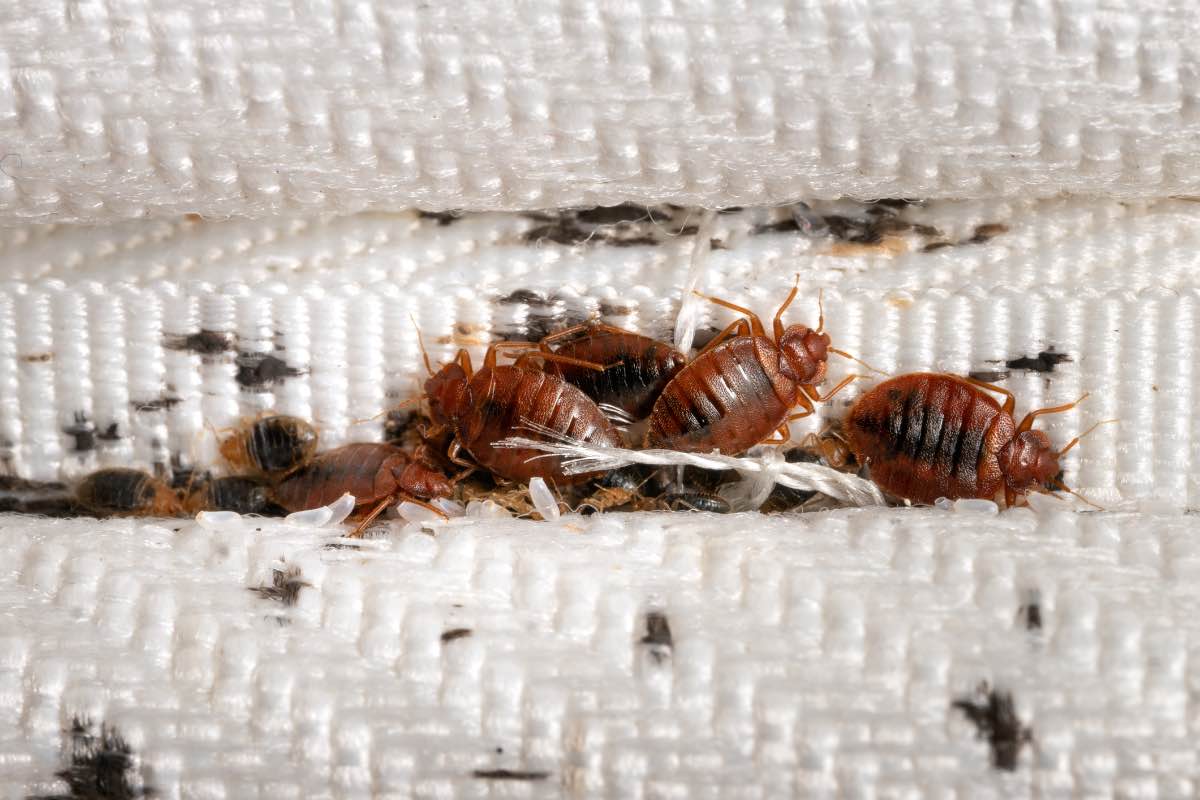
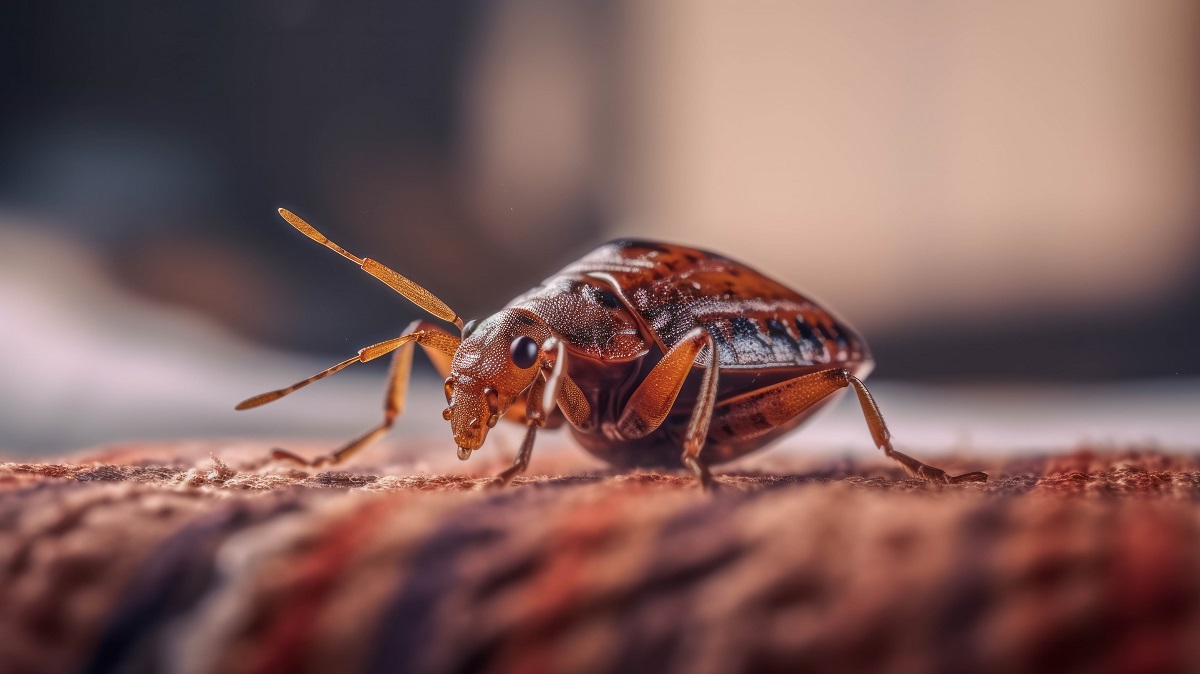

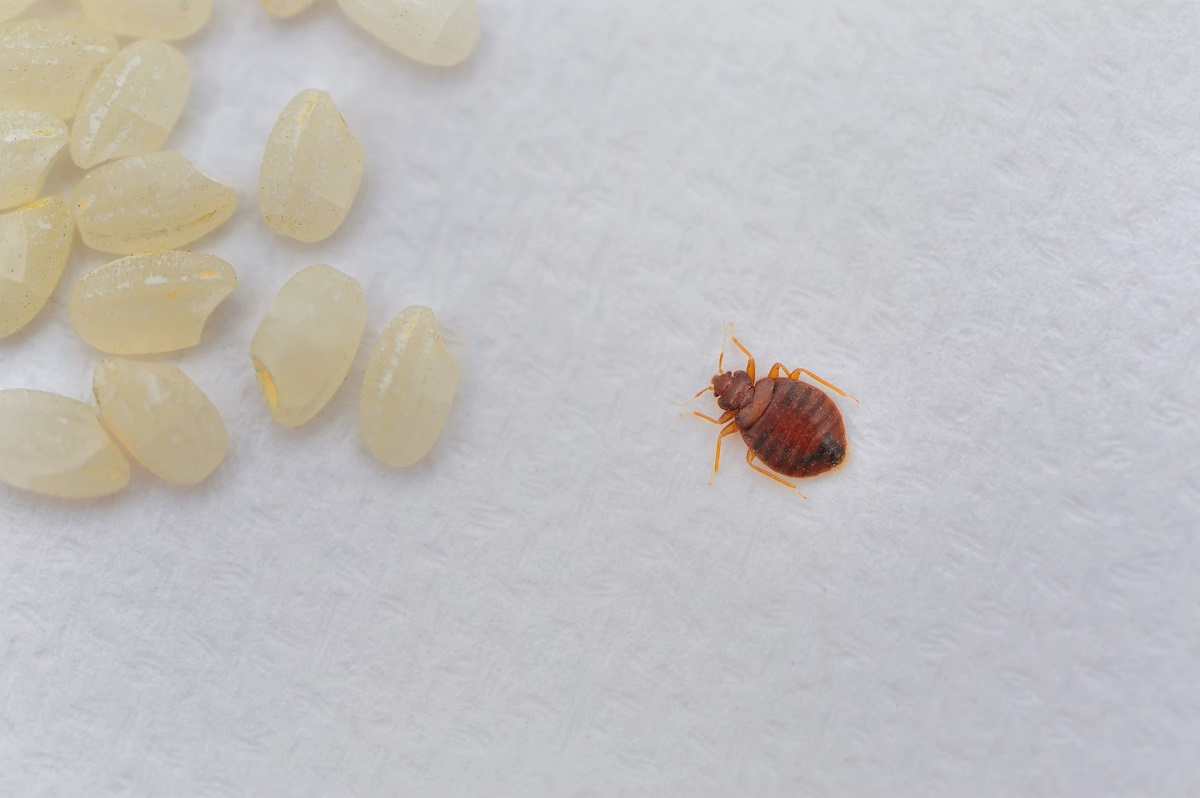
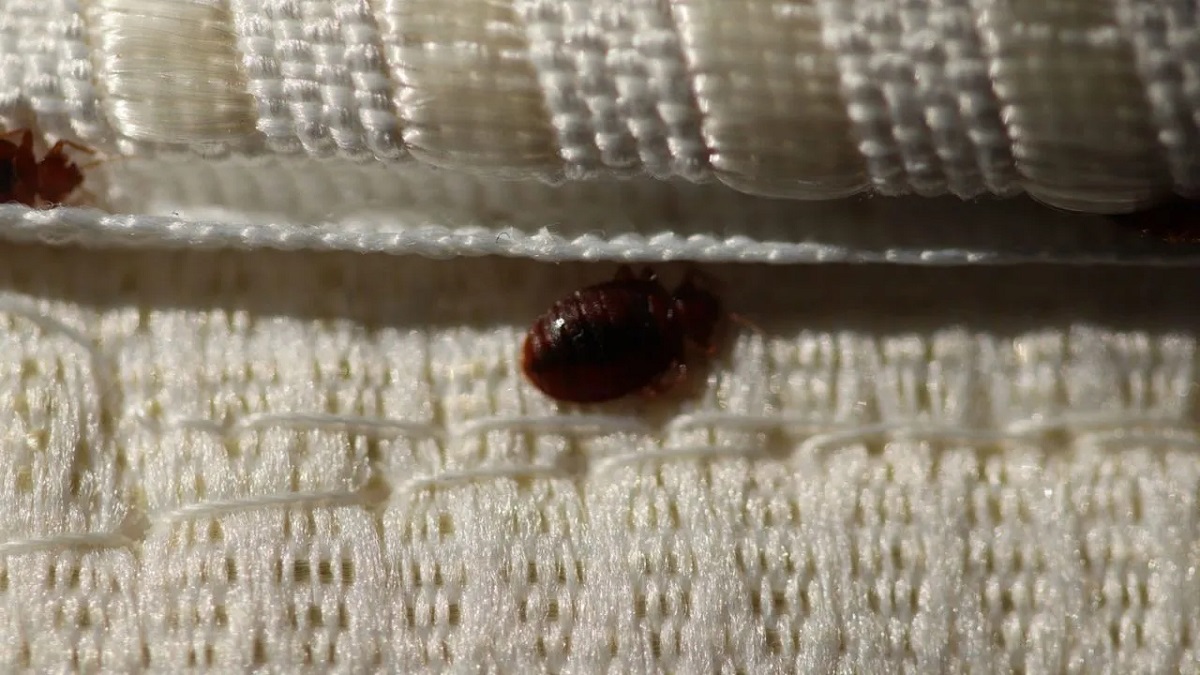



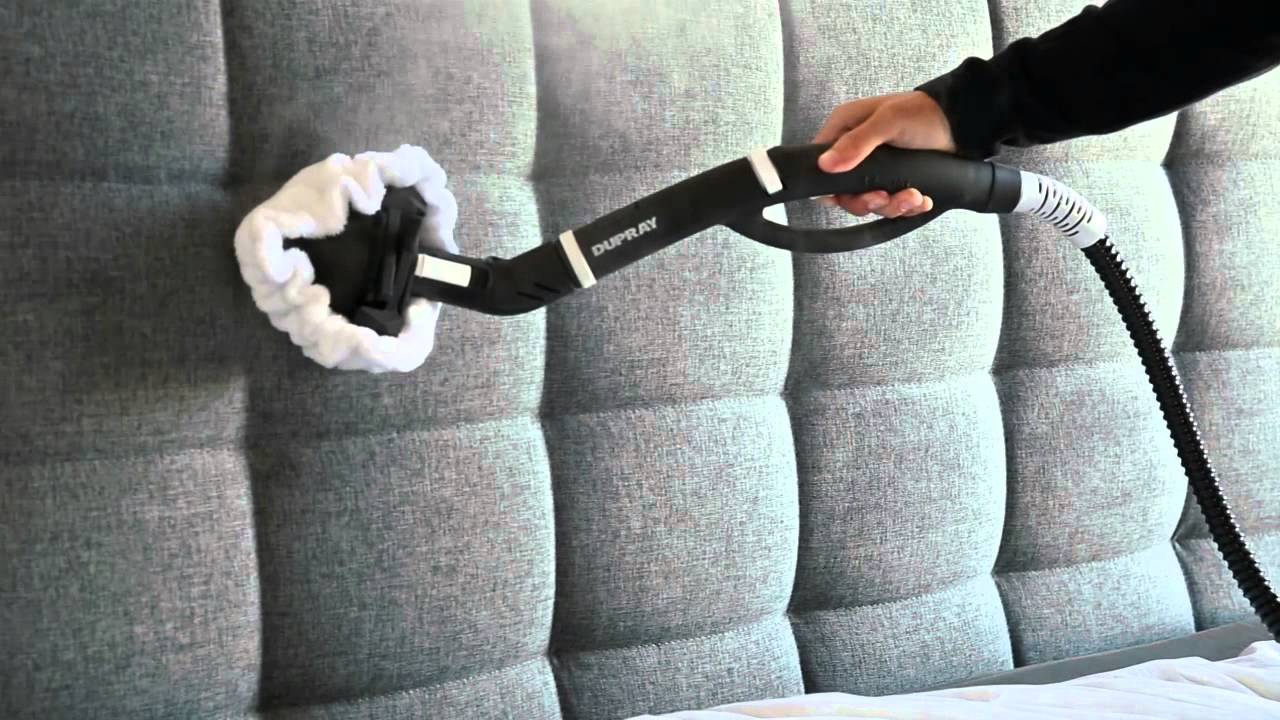
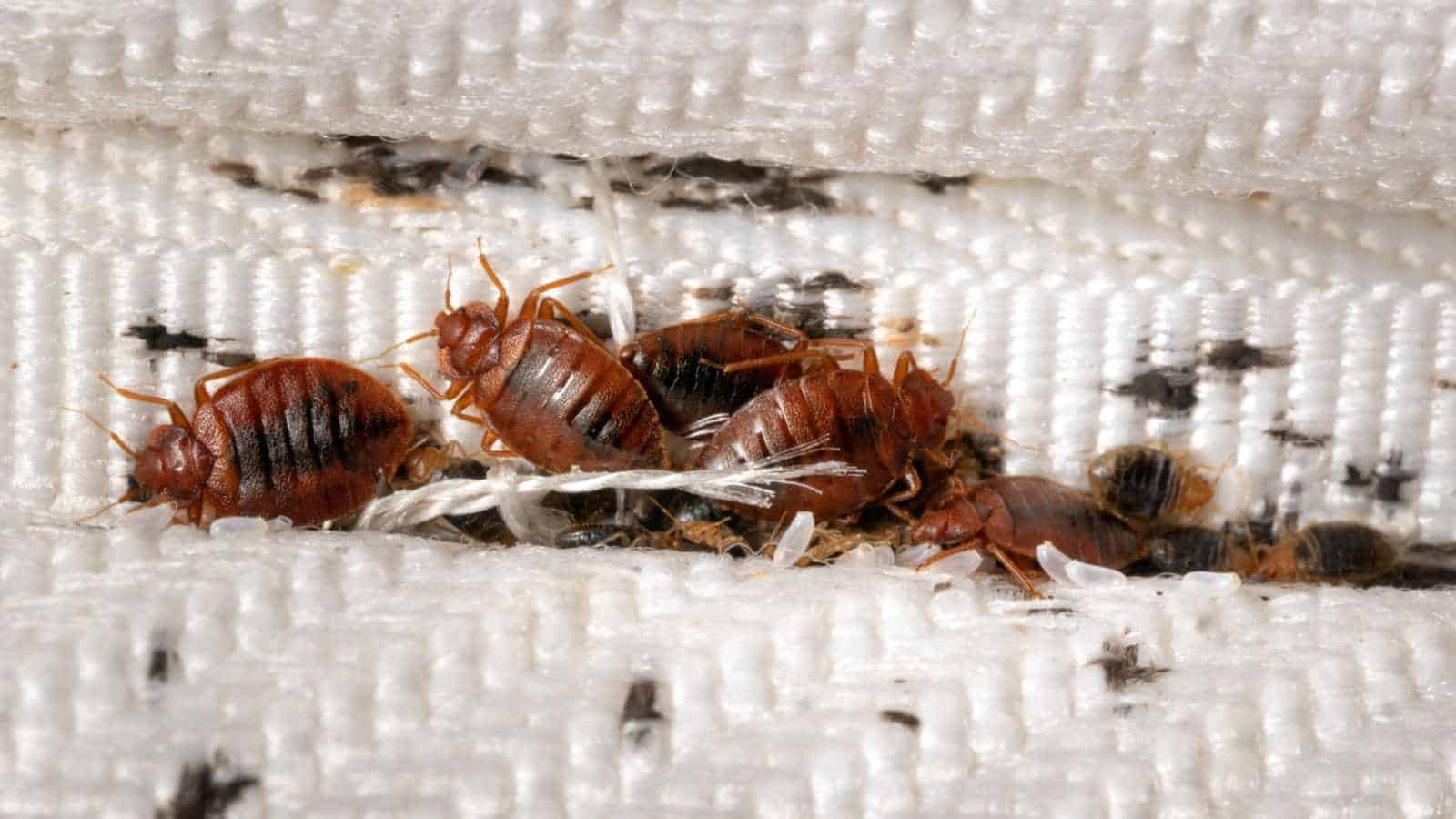
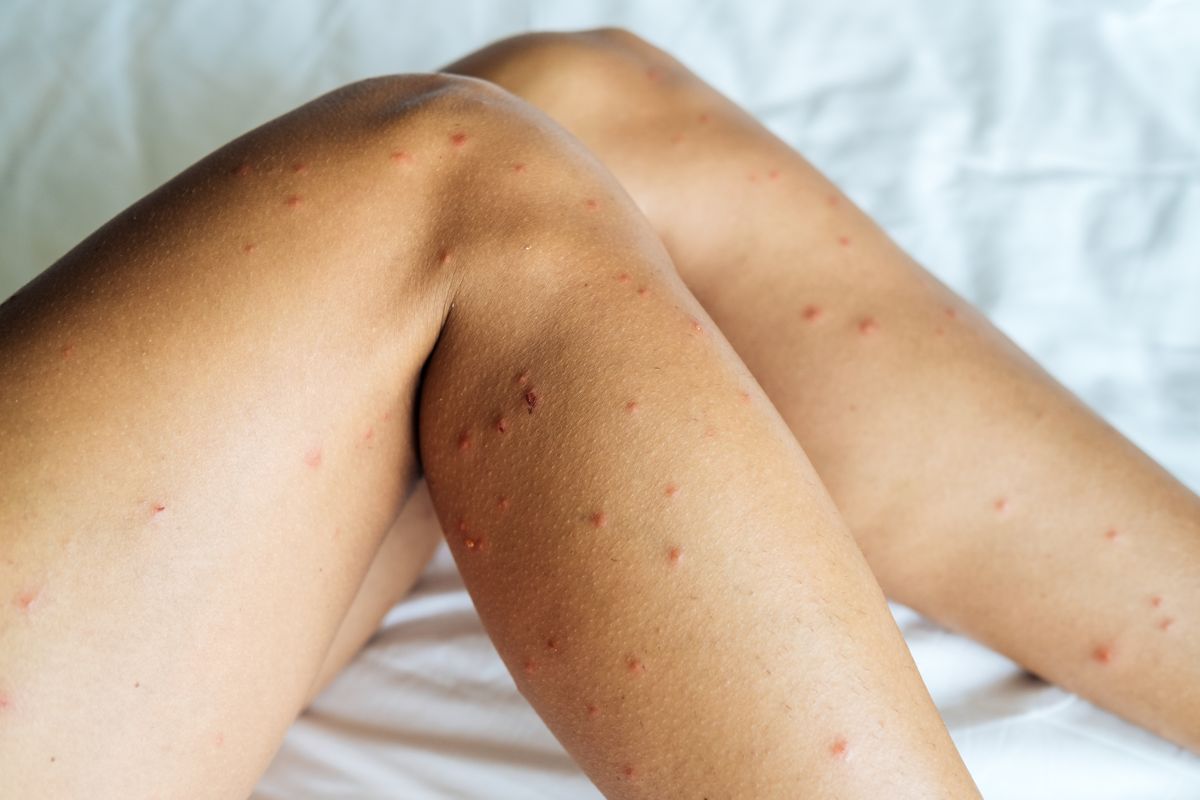
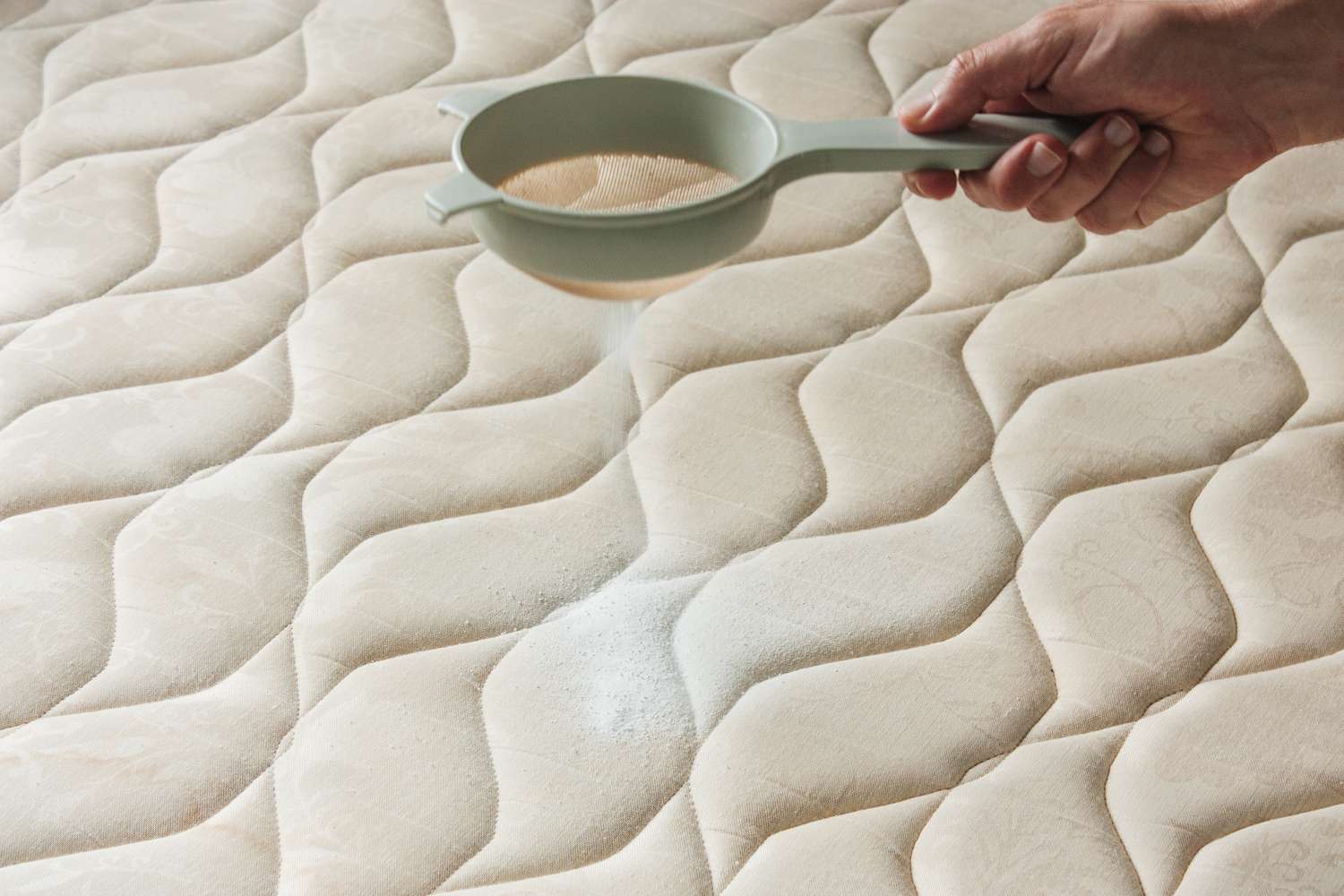

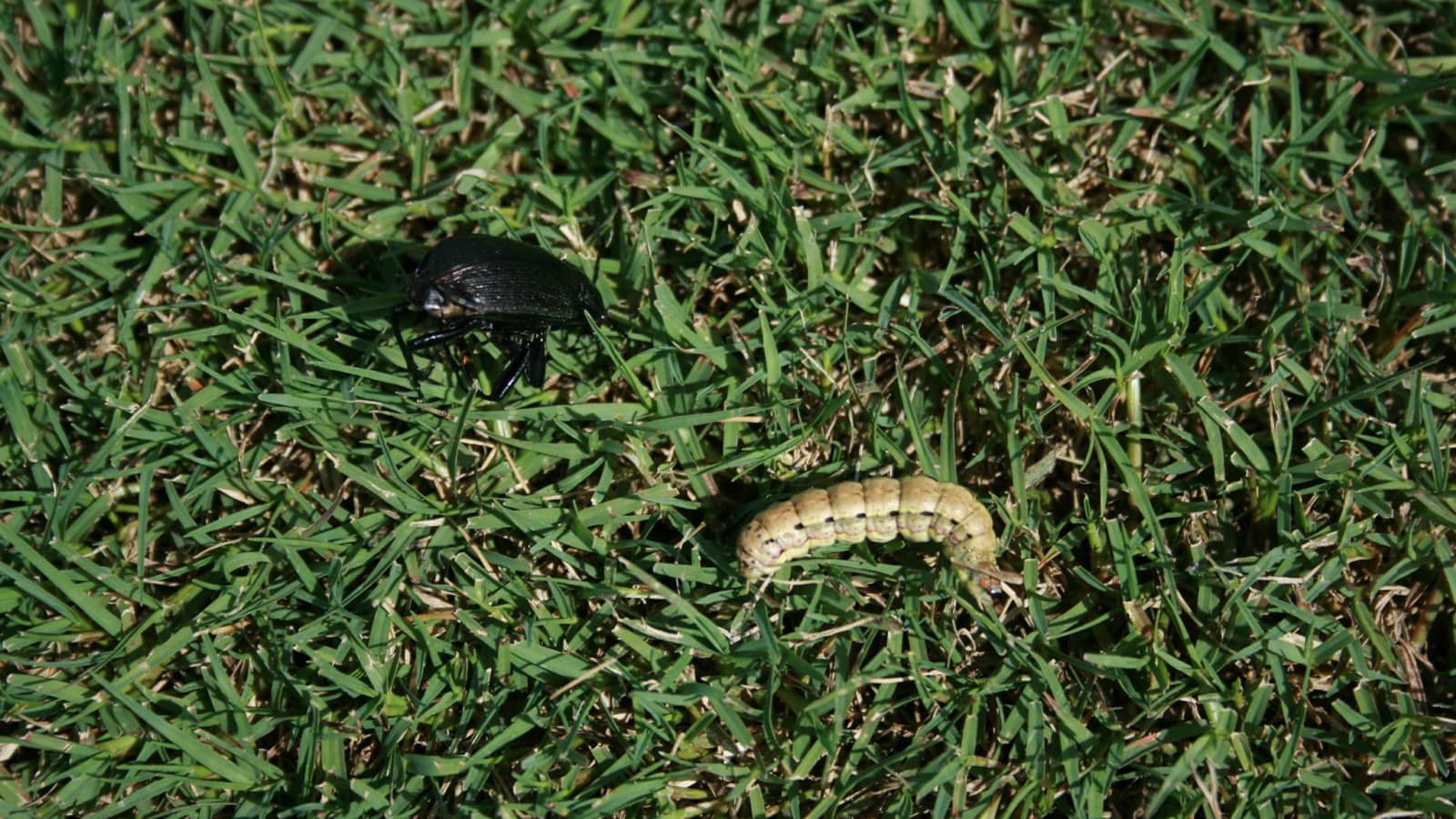

0 thoughts on “How Cold Does It Have To Be To Kill Bed Bugs”